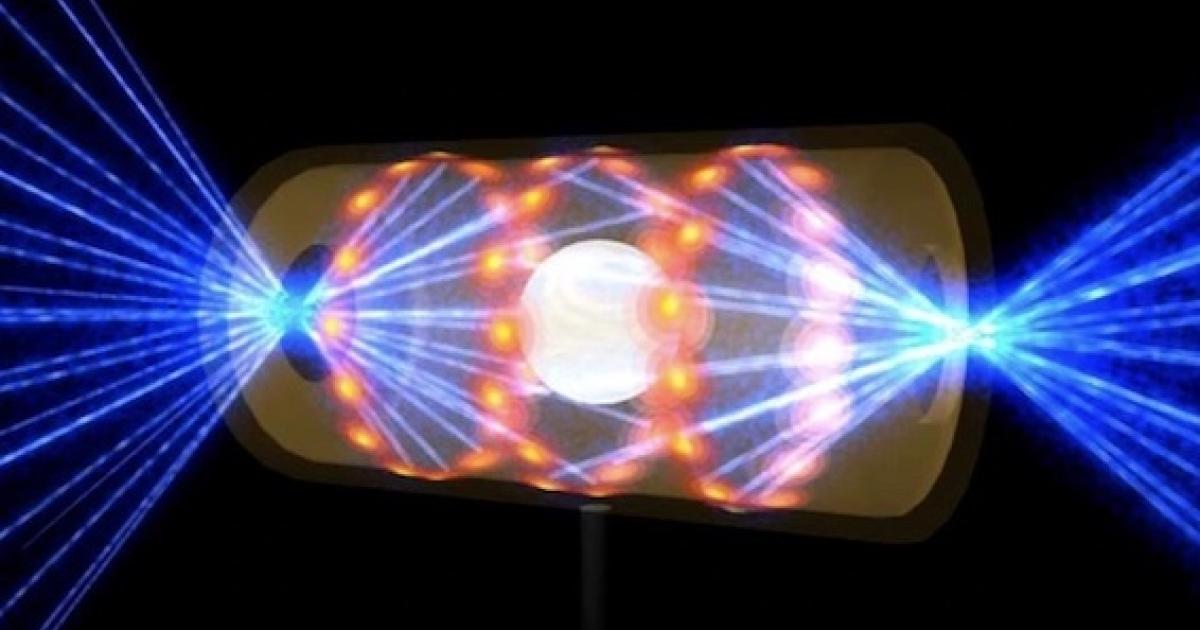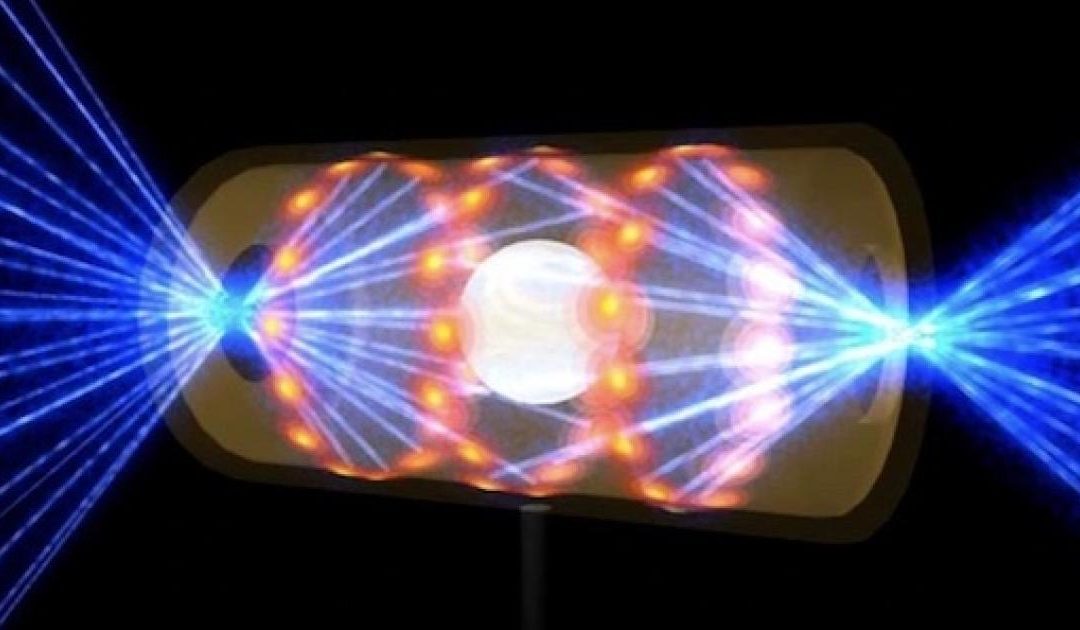
Remember at the end of 2022 when the internet collectively melted down (dark humor alert) about the first successful nuclear fusion reaction? The general consensus appeared to be that the potential for renewable, net-zero energy was on the horizon at last, here to finally quiet the endless conversations about the feasibility of long-term renewable energy storage, the pricing of solar and wind, and the longevity of fossil fuels.
I know it’s the first edition of the year and I could shower you with all of the climate tech trends I’m excited about in 2023, but instead, I’d rather go over what nuclear fusion is, examine the factors that catalyzed the 2022 breakthrough and break down the actual timeline for harnessing energy from nuclear fusion for humankind.
What is nuclear fusion?
According to the International Atomic Energy Agency, nuclear fusion is “the process by which two light atomic nuclei combine to form a single heavier one while releasing massive amounts of energy.” Stars, like our solar system’s sun, are powered by this process. To successfully complete a fusion reaction, the atoms (one a light hydrogen, the other a denser helium) must be in a state of matter called plasma — a hot (think around 10 million degrees Celsius), gassy environment of positive ions and free ranging electrons — exactly the M.O. of our favorite ball of light in the sky.
To add another degree of complication, the atoms must overcome “their mutual electrical repulsion” to one another to complete the fusion process. So basically, your classic enemies-to-lovers storyline, complete with the initial bad first impression that, with time and context — a.k.a. the extreme heat — helps our couple overcome their distaste for one another and join together to create a beautiful pair and massive amount of energy. Jane Austen understood the power of nuclear fusion before we even realized what it was.
To achieve a fusion reaction here on terra firma, a famously flammable planet, scientists have to replicate a plasma environment in a contained setting. Re-creating the conditions of the sun requires the use of powerful lasers, which in turn demand an incredible amount of energy to power, often more than can be produced by the entire fusion process.
Assuming the energy is generated without a hitch, theoretically, a small amount of the fuel could power one house for hundreds of years. And if that wasn’t promising enough, nuclear fusion doesn’t emit any carbon or nuclear waste.
To bring this full circle, the Lawrence Livermore National Laboratory (LLNL) was able to successfully catalyze a nuclear fusion reaction that created more energy than the lasers consumed in the process, marking the first win for nuclear fusion after decades of losses. If you want the nitty gritty details, LLNL was able to produce about 2.5 megajoules of energy from the 2.1 megajoules of energy required to power the lasers.
Why now?
It turns out, increasing funding for R&D can achieve results. (I know, I’m just as shocked as you.) The LLNL, run by the Department of Energy, benefits from the Biden administration’s aggressive championing of increased funding for clean energy research. A $50 million program to support fusion technology research was announced in September, and the Inflation Reduction Act includes tax credits and incentives to continue the research necessary to advance nuclear technology.
The taxes of the American people directly aided in an incredible scientific breakthrough. Let it be known that I, an American taxpayer, am officially claiming partial credit for the first nuclear fusion ignition. You’re welcome, federal scientists.
Private funding is also, as the youth say, popping off. Total funding for nuclear fusion technology already reached $1 billion in 2022, compared to the less than $500 million invested into the market in 2020. Some fusion startups worth noting include Avalanche Energy Designs, CTFusion and Princeton Fusion Systems.
Additionally, traditionally generated nuclear power has recently hit hard times. Nuclear plants face a seemingly endless barrage of roadblocks, including construction delays, the rapid approach of decommission dates (for plants constructed in the 1970s and 1980s) and even cases of incompetence and fraud.
Marred by the reputation of deadly nuclear meltdowns — such as Chernobyl, Three Mile Island, and the Fukushima disaster — and the byproduct of radioactive waste, nuclear plants such as California’s Diablo Canyon have had to fight to stay online. In contrast, nuclear fusion provides the promise of a waste and emission-free alternative.
When will we see a commercial fusion power plant?
Short answer? Not this decade. Speaking to CNN, Jeremy Chittenden, co-director of the Centre for Inertial Fusion Studies at the Imperial College in London, said, “[this latest breakthrough] will not contribute meaningfully to climate abatement in the next 20-30 years. This is the difference between lighting a match and building a gas turbine.”
Tony Roulstone, a nuclear engineer at Cambridge University, provided a more specific timeline, estimating that nuclear fusion won’t become a major energy player until 2060 or 2070.
LLNL managed to create more energy than was originally put into the fusion reaction, but there are other, fundamental steps necessary to take before a commercial plant can plausibly begin development. Scientists need to learn how to replicate their success consistently to generate enough energy for mass use. And then they still need to figure out how to harness and transfer the energy created by nuclear fusion into the existing grids.
At the end of the day, fusion needs time and funding to reach its full potential.
If you’d like to read the original source of this article please click here Visit Source

